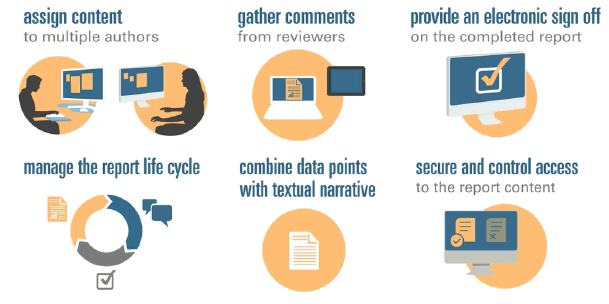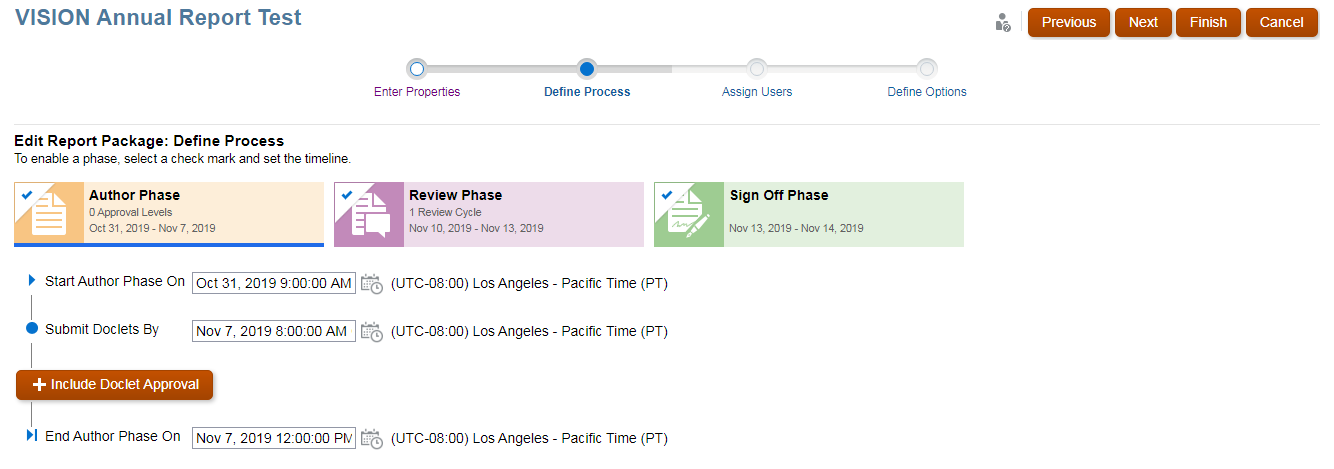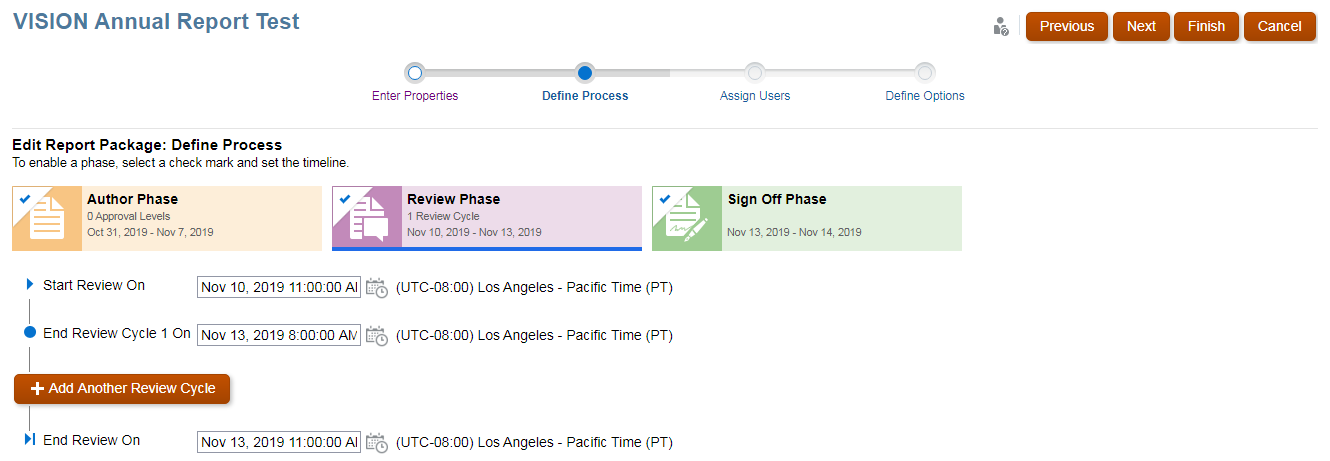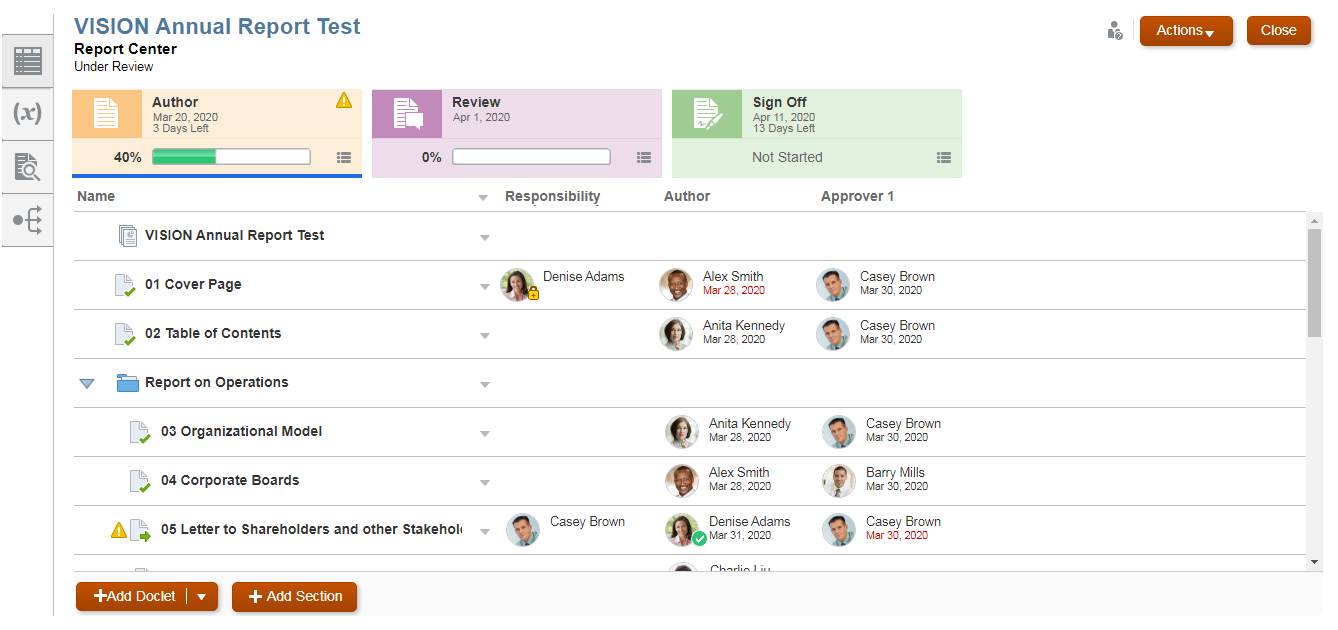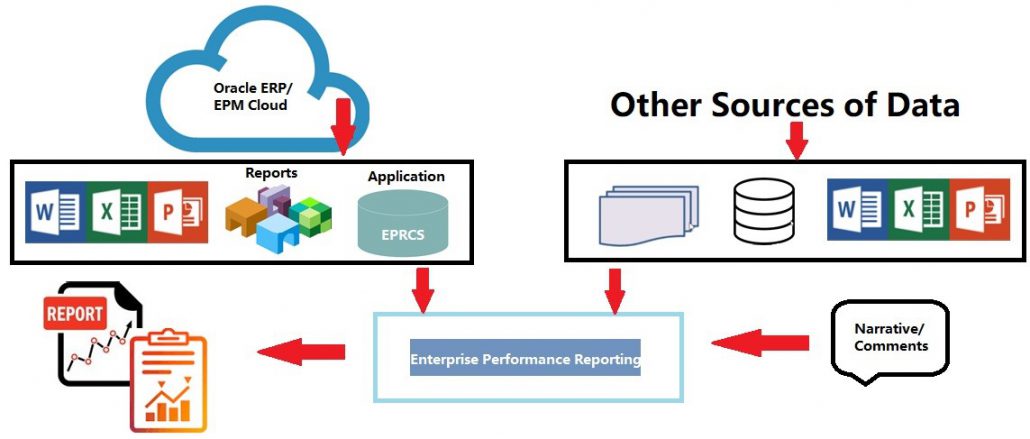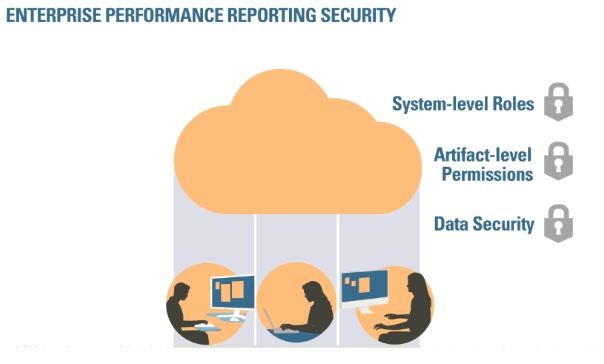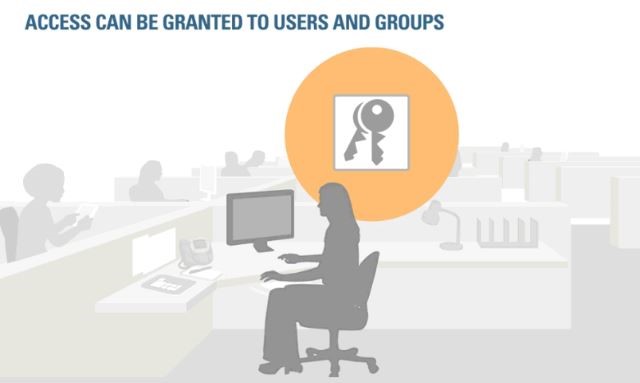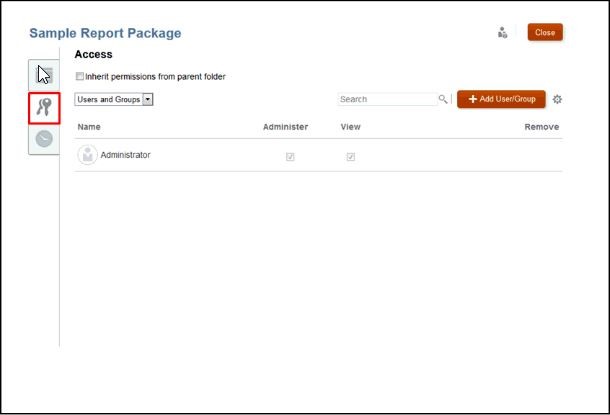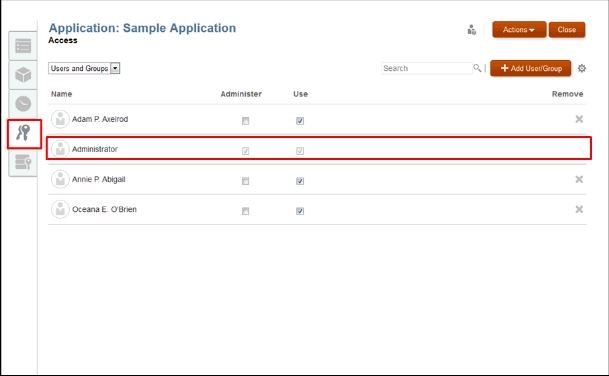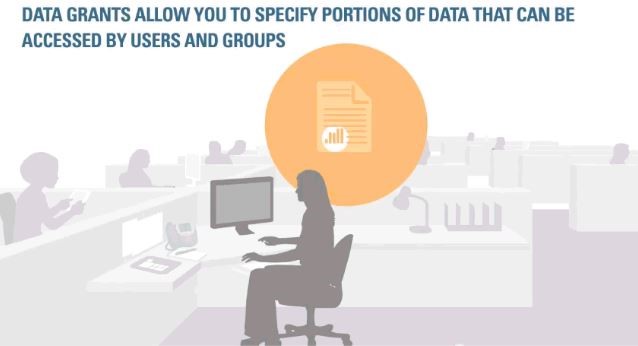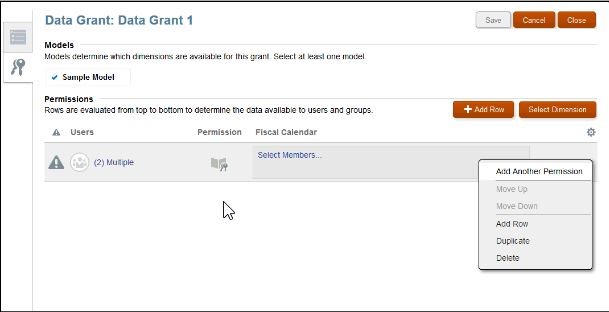Oracle Narrative Reporting – Part 2
Overview of the Report Package
- EPRCS operates with the “Reporting Package” feature that provides the ability to merge with Microsoft Office data and documents. EPRCS can also be combined with on-premise software, cloud data sources or other Oracle EPM applications.
- Report packages provide a secure, collaborative, and process-driven approach for defining, authoring, reviewing and publishing financial and management reports.
- With report packages, one can organize the content, delegate roles to authors and reviewers, manage their collaboration/workflow approvals, and sign-off process to create a structured document.
How to create a Report Package
While creating a report package we need to provide the following details:
- Enter Properties
In the properties section, we need to provide the Name, Description, Report Type, Style Sample and Save To fields of a report package.
Define Process
Apply the respective development phases and define the timeline for each phase.
- Author Phase
Once this phase is enabled, click on the Calendar icons to define the following dates: Start Author Phase On, Submit Doclets By and End Author Phase On.
- Review Phase
Once the “Review Phase” has been enabled, click on the Calendar icons to define the dates: Start Review On, End Review Cycle 1 On and End Review On.
- Sign-Off Phase
Once the “Sign-Off Phase” has been enabled, click on the Calendar icons to define the following dates: Start Sign Off On and End Sign Off On.
- Assign Users
Next, we need to assign users and groups to the following report package responsibilities such as Owners, Reviewers, Signers, and Viewers.
- Define Options
The last step is to define the options for a report package such as Format Options, Shared Folder, and Doclet Versions.
At last click on “Finish” to complete the report package setup. Next, we will discuss the workflow process.
Collaboration and Workflow of Report Packages
The three phases that a report package includes are the Author, Review and Sign-Off phases. For a report package, one or more of the phases can be selected.
- Author Phase
Within this phase content, comments and supporting details are updated to help collaborate with other users. It can be applied to an entire report package, a section, or individual doclets.
- Review Phase
The Review Phase is a review cycle where the reviewers can view the current status of the Doclets and input comments on the drafts through the commentary feature if needed and eventually mark their view as complete.
- Sign-Off Phase
In the sign-off phase, anyone designated as a signer for that review package formally reviews the fully completed report package one final time and other sign-off or rejects it.
In the next blog, we will discuss integration/extension of EPRCS with Microsoft office products.


